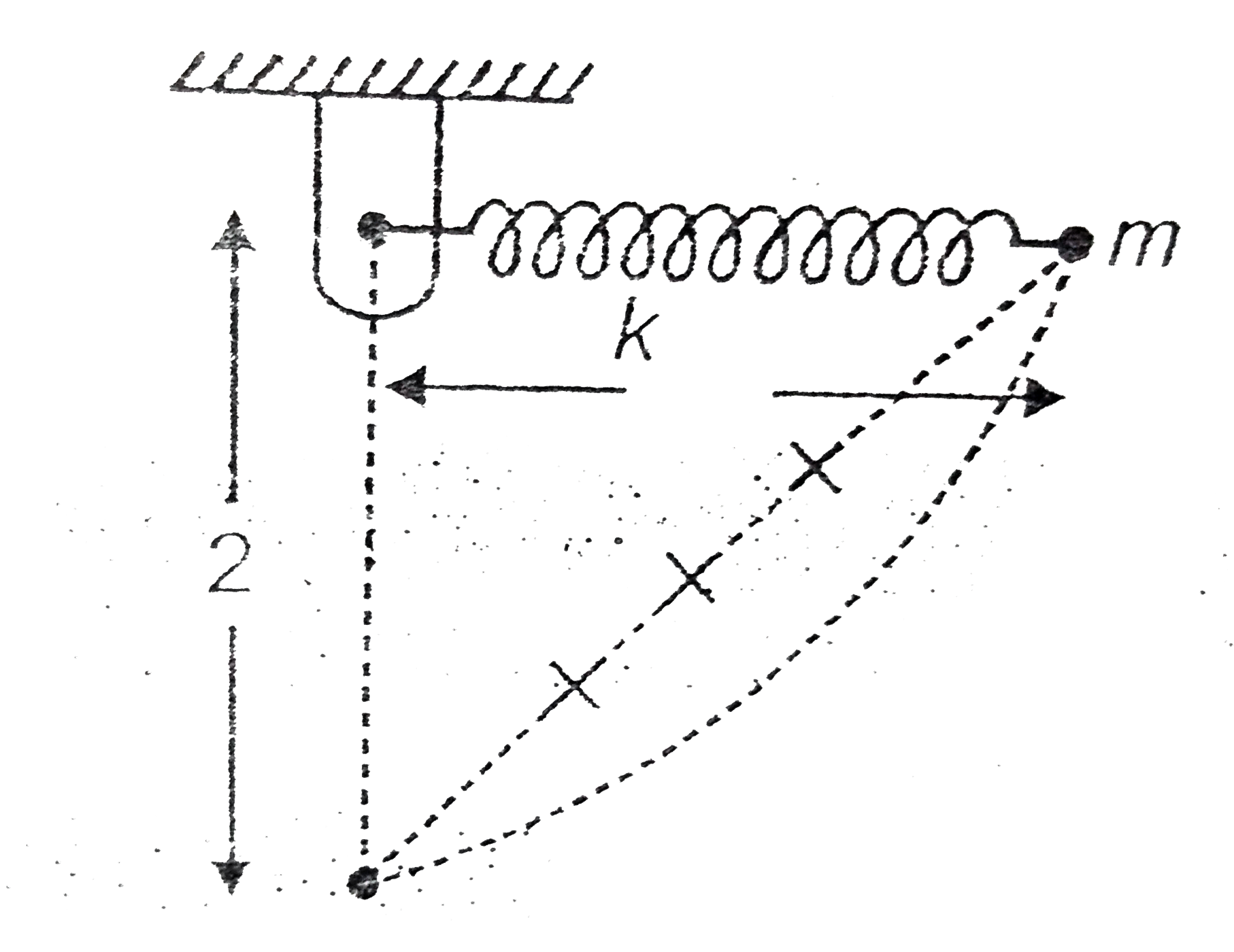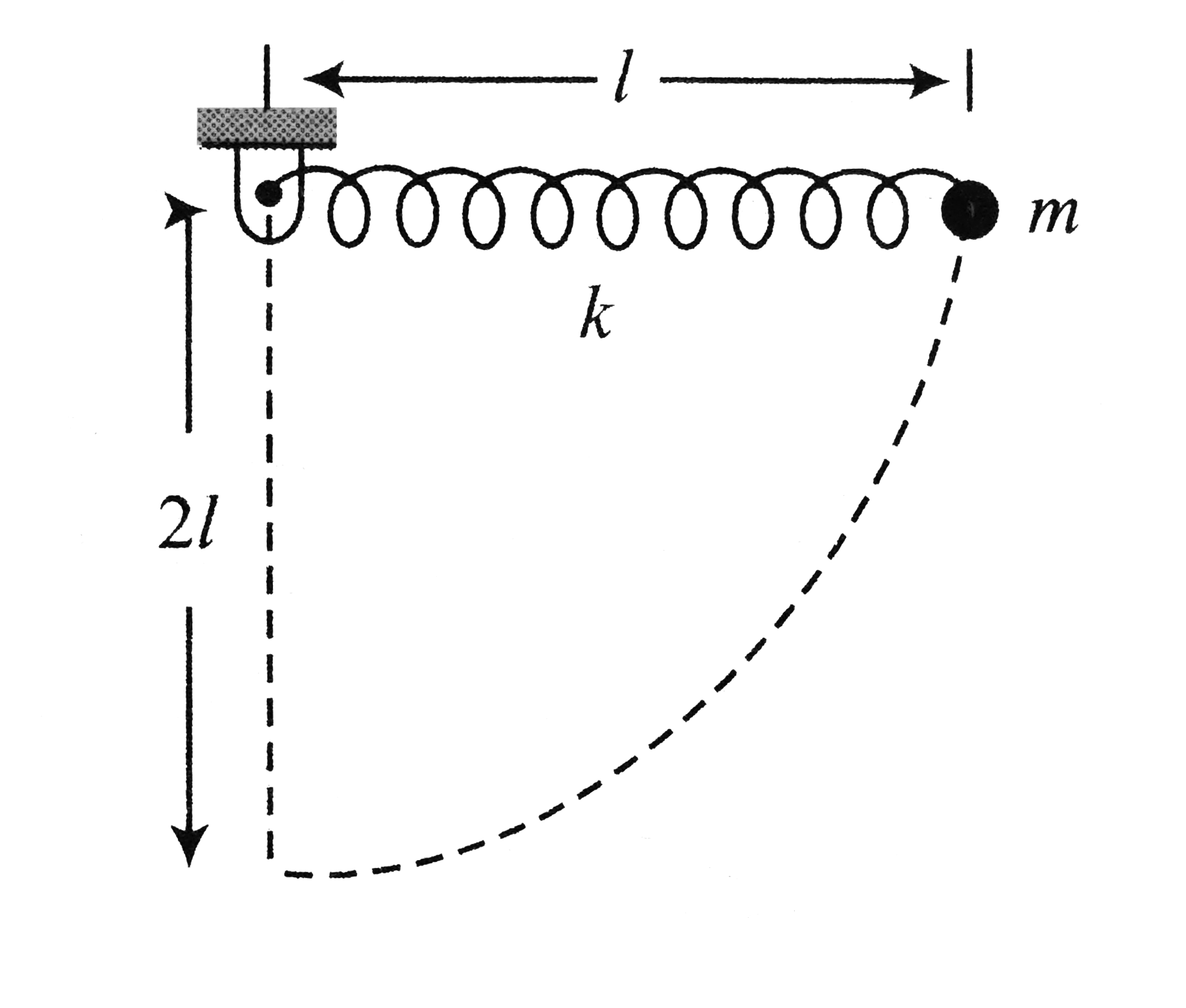Pressure in the aorta is at its lowest
(a) just before AV valves open
(b) at the time of first heart sound
(c) at the time of second heart sound
(d) just before the semilunar valves open
The correct Answer is:D
To determine when the pressure in the aorta is at its lowest, we can follow these steps:
1. Understanding the Cardiac Cycle: The cardiac cycle consists of two main phases: diastole (when the heart muscle relaxes) and systole (when the heart muscle contracts). During diastole, the heart chambers fill with blood, while during systole, the heart pumps blood out.
2. Focusing on the Left Ventricle: The left ventricle is responsible for pumping oxygenated blood into the aorta. The pressure in the aorta is closely related to the actions of the left ventricle.
3. Identifying the Phases of Pressure:
- During systole, when the left ventricle contracts, blood is ejected into the aorta, causing the pressure to rise to its maximum, known as systolic pressure (approximately 120 mm Hg).
- During diastole, when the left ventricle relaxes, the pressure in the aorta decreases.
4. Finding the Lowest Pressure Point: The pressure in the aorta reaches its lowest point just before the left ventricle begins to contract again and eject blood into the aorta. This moment occurs just before the semilunar valves (which separate the left ventricle from the aorta) open.
5. Defining Diastolic Pressure: The lowest pressure in the aorta during this phase is referred to as diastolic pressure, which is around 80 mm Hg.
6. Conclusion: Therefore, the pressure in the aorta is at its lowest just before the semilunar valves open, which corresponds to the end of diastole.
Final Answer:
The pressure in the aorta is at its lowest just before the semilunar valves open.
- During systole, when the left ventricle contracts, blood is ejected into the aorta, causing the pressure to rise to its maximum, known as systolic pressure (approximately 120 mm Hg).
- During diastole, when the left ventricle relaxes, the pressure in the aorta decreases.
The pressure in the aorta is at its lowest just before the semilunar valves open.
Topper's Solved these Questions
- BIOTECHNOLOGY : PRINCIPLES AND PROCESSESBOOK - TRUEMEN BIOLOGY ENGLISHCHAPTER - BIOTECHNOLOGY : PRINCIPLES AND PROCESSESEXERCISE - MULTIPLE CHOICE QUESTIONS
124 Videos
- BREATHING AND EXCHANGE OF GASES BOOK - TRUEMEN BIOLOGY ENGLISHCHAPTER - BREATHING AND EXCHANGE OF GASES EXERCISE - MULTIPLE CHOICE QUESTIONS
199 Videos
Similar Questions
A force of constant magnitude F0 is applied in the tangential direction as shown in the figure. Assume that the bob is at its lowest point initially.

View SolutionA partical of mass m attached with a massless spring of natural length l and stiffness constant k is releaased from rest from the horizontal positon of the relaxed spring.

When the particle passes through its lowest point, the maximum length of the spring bocomes 2l find the
(A) Speed of the particle at its lowest point
(B) Acceleration of the particle at its lowest position.
View SolutionA particle of mass m attached with a massless spring natural length l and stiffness k is released from rest from the horizontal position of the relaxed spring. When the particle passes through its lowest point, the maximum length of the spring becomes 2l. Find the:

a. speed of the particle at its lowest point.
b. acceleration of the particle at its lowest position.
View SolutionBlood pressure in the mammalian aorta is maximum during
View SolutionBlood pressure in the mammalian aorta is maximum during
View SolutionA simple pendulum of length l and mass m is initially at its lowest position. It is given the minimum horizontal speed necessary after to move in a circular path about the point of suspension. The tension in the string at the lowest positive of the bob is
View SolutionReduce each of the following fractions to its lowest term: i) 4860 (ii) 12690
View SolutionA thin unifrom rod of mass m and length l is free to rotate about its upper end When it is at rest. It receives an impulse J as its lowest point, normal to its length immediately after impact.
View SolutionReduce each of the following fractions to its lowest terms (simplest form): i) 4075 (ii) 4228 (iii) 1252
View SolutionThe melting point is lowest for
View Solution
